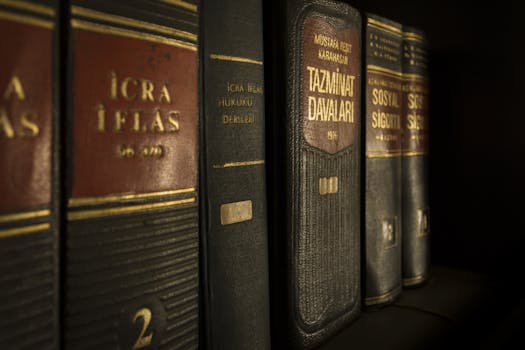Protecting Personal Data in the Era of the Internet of Things
The Internet of Things (IoT) has revolutionized the way we interact with technology, creating a network of interconnected devices that communicate and share data. From smart home appliances to wearable health monitors, IoT devices have made our lives more convenient. However, this convenience comes at a cost: the potential for personal data breaches and privacy violations. As the number of IoT devices continues to grow, so does the urgency for strict regulations and advanced technical solutions to protect personal data.
The Growing Threat to Personal Data
According to a report by Statista, the number of connected IoT devices is expected to reach 30.9 billion by 2025. This exponential growth presents significant challenges for data security. IoT devices often collect sensitive information, including personal health data, location tracking, and even financial information. The more data that is collected, the greater the risk of it being compromised.
Several high-profile data breaches have highlighted the vulnerabilities of IoT devices:
- Mirai Botnet Attack (2016): This attack exploited unsecured IoT devices, turning them into a botnet that launched a massive Distributed Denial of Service (DDoS) attack, disrupting major websites like Twitter and Netflix.
- Ring Doorbell Breach (2019): Hackers gained access to users’ Ring doorbell cameras, leading to unauthorized surveillance and privacy violations.
- Fitbit Data Breach (2020): A vulnerability in Fitbit’s API exposed users’ health data, raising concerns about the security of personal health information.
The Need for Strict Regulations
To address the growing risks associated with IoT devices, governments and regulatory bodies must implement strict regulations. Current data protection laws, such as the General Data Protection Regulation (GDPR) in Europe, provide a framework for data privacy, but they often lag behind technological advancements. Here are some key areas where regulations should focus:
- Data Minimization: Regulations should mandate that IoT devices only collect data that is necessary for their functionality, reducing the amount of personal information at risk.
- Transparency: Companies must be required to disclose how data is collected, used, and shared, allowing consumers to make informed choices.
- Accountability: Manufacturers should be held accountable for data breaches, with penalties for non-compliance that incentivize better security practices.
Advanced Technical Solutions for Data Protection
In addition to regulatory measures, advanced technical solutions are essential for safeguarding personal data in the IoT landscape. Here are some promising technologies and strategies:
- End-to-End Encryption: Encrypting data at every stage of transmission ensures that even if data is intercepted, it remains unreadable to unauthorized users.
- Secure Boot and Firmware Updates: Implementing secure boot processes and regular firmware updates can help protect devices from vulnerabilities and malware.
- Artificial Intelligence (AI) for Threat Detection: AI can analyze patterns in data traffic to identify anomalies and potential security threats in real-time.
- Decentralized Data Storage: Utilizing blockchain technology for data storage can enhance security by distributing data across a network, making it harder for hackers to access.
Case Studies: Successful Implementation of Regulations and Technologies
Several countries and organizations have successfully implemented regulations and technologies to protect personal data in the IoT space:
- California Consumer Privacy Act (CCPA): This law gives California residents greater control over their personal data, requiring businesses to disclose data collection practices and allowing consumers to opt-out of data sales.
- Smart Home Device Security Act (USA): This proposed legislation aims to establish minimum security requirements for smart home devices, ensuring that manufacturers prioritize data protection.
- IoT Security Foundation: This organization provides guidelines and best practices for IoT security, helping manufacturers implement robust security measures.
Conclusion
As the Internet of Things continues to expand, the protection of personal data must be a top priority. Strict regulations and advanced technical solutions are essential to mitigate the risks associated with IoT devices. By implementing comprehensive data protection laws and leveraging cutting-edge technologies, we can create a safer digital environment for consumers. The responsibility lies not only with governments and regulatory bodies but also with manufacturers and consumers to prioritize data security in this interconnected world. The future of IoT can be bright, but only if we take the necessary steps to protect personal data today.
